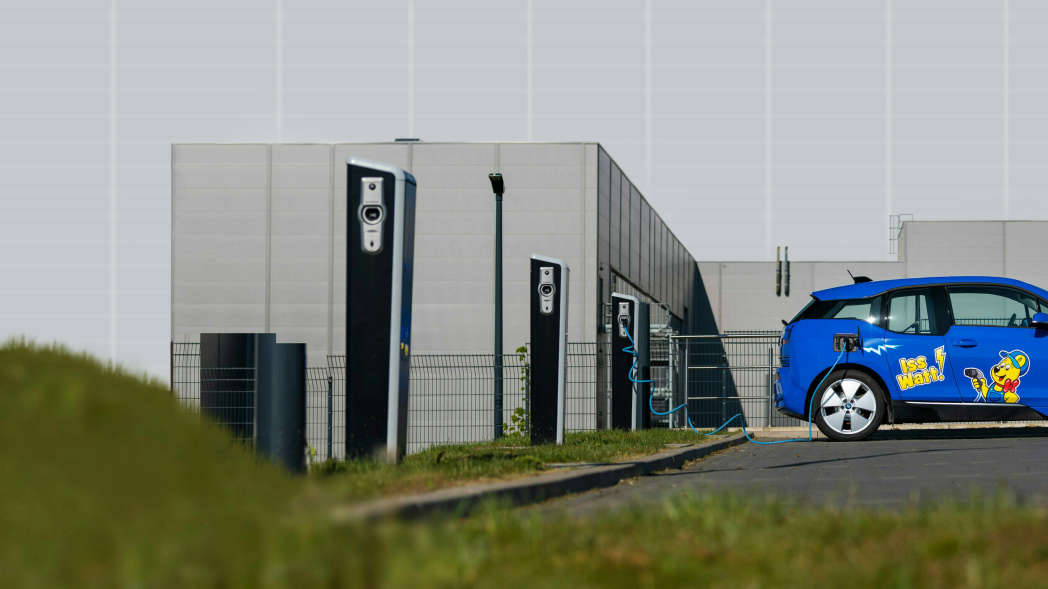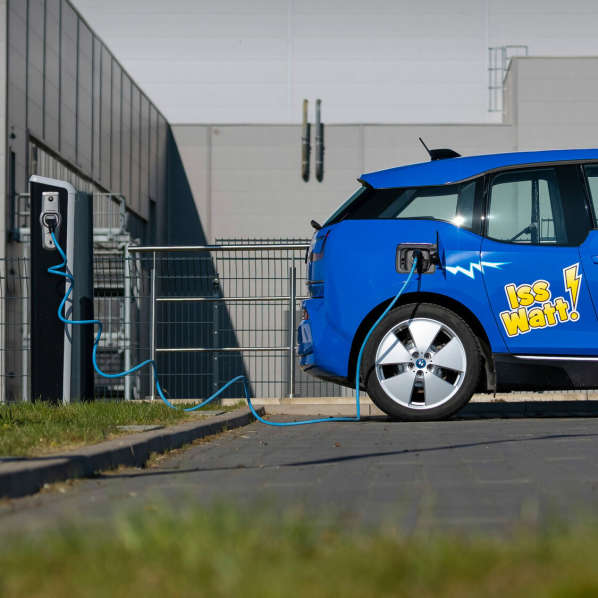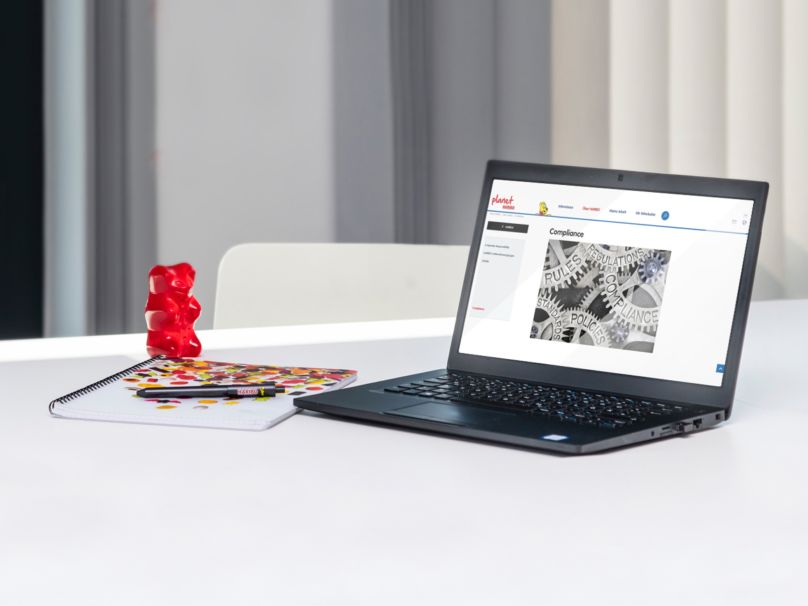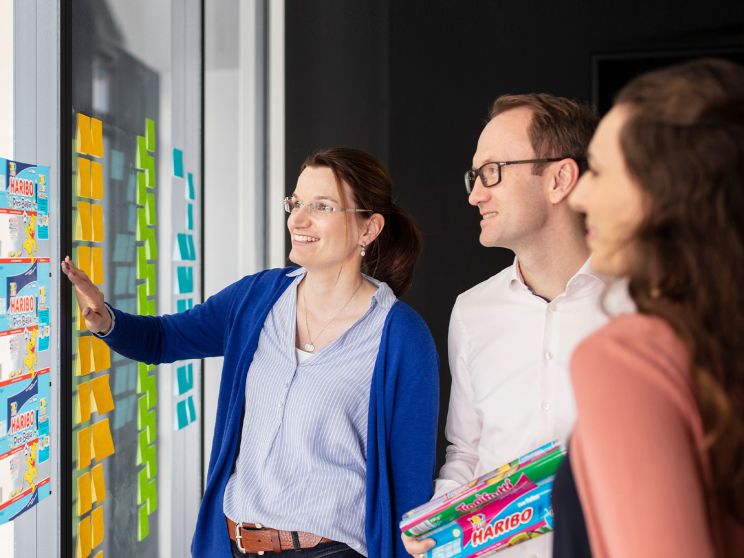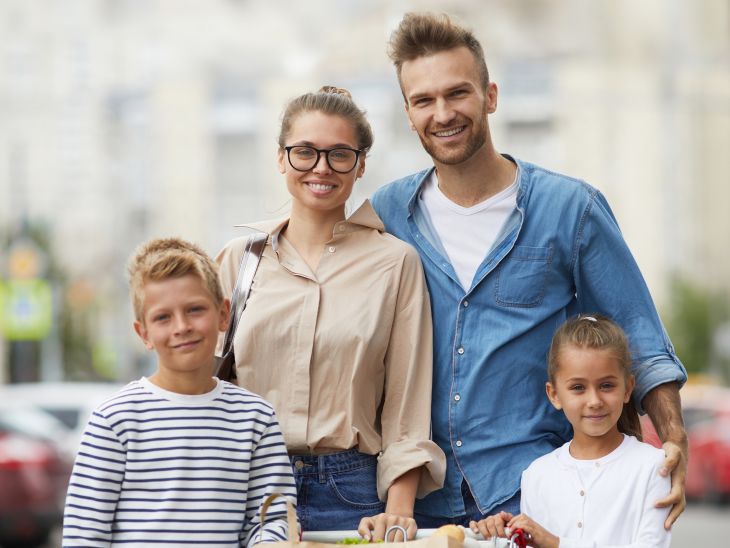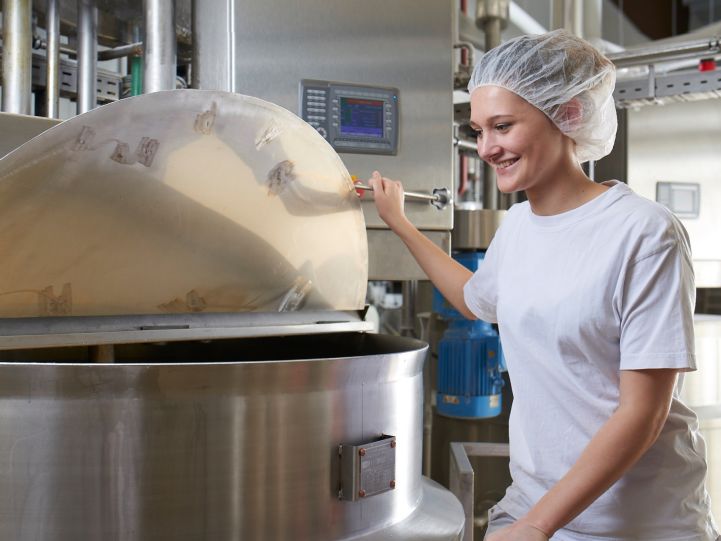Environmental and climate challenges are growing. At the same time, an intact environment is an absolute must for future development, which is why HARIBO takes environmental responsibility seriously.
For us it’s primarily an issue of packaging: How should our packaging be produced to ensure the optimal quality of our products? Which food safety requirements need to be fulfilled? How do we do this while minimizing the use of resources? How do we increase the recyclability of our packaging materials even further? And are there any alternatives in terms of materials or technologies?

